- Home
- slideshows
- miscellaneous
- 2 forms of exercise are the best way to stave off the effects of aging - here's how to incorporate them into your life
2 forms of exercise are the best way to stave off the effects of aging - here's how to incorporate them into your life
Aerobic exercises like jogging may help reverse some heart damage from normal aging.

Strength training moves like Tai Chi are best for preserving muscles against age-related decline.
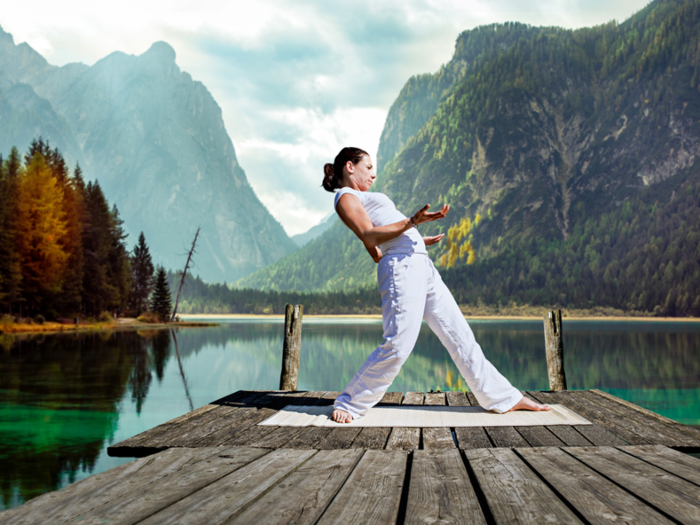
Strength or resistance training can take many forms, but it typically involves a series of movements geared towards building or preserving muscle.
Tai chi, the Chinese martial art that combines a series of flowing movements, is one way to strength train. The exercise is performed slowly and gently with a high degree of focus and a special attention paid to breathing deeply. Since practitioners go at their own pace, tai chi is accessible for a wide variety of people — regardless of age or fitness level.
Tai chi "is particularly good for older people because balance is an important component of fitness, and balance is something we lose as we get older," I-Min Lee, a professor of medicine at Harvard Medical School, said in a recent Harvard Medical School health report called "Starting to Exercise."
There may be a powerful link between regular cardio exercises, like swimming and walking, and a lower risk of dementia.
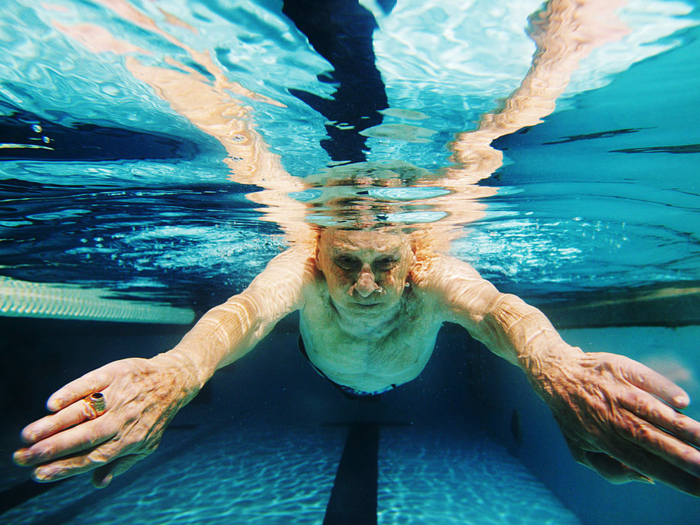
A study published this spring in the journal Neurology suggested that women who were physically fit in middle age were roughly 88% less likely to develop dementia (defined as a decline in memory severe enough to interfere with daily life) than their peers who were only moderately fit.
Neuroscientists from the University of Gothenburg in Sweden studied 191 women whose average age was 50 for 44 years. First, they assessed their cardiovascular health using a cycling test and grouped them into three categories: fit, moderately fit, or unfit.
Over the next four decades, the researchers regularly screened the women for dementia. In that time, 32% of the unfit women were diagnosed with the condition; a quarter of the moderately fit women did. But only 5% of the fit women developed dementia.
Despite that strikingly positive finding, the research only showed a link between fitness and decreased dementia risk; it did not prove that one caused the other. Still, the work builds on several other studies that suggest a powerful tie between exercise and brain health.
Activities like cycling may protect your immune system from some age-related decline as well.
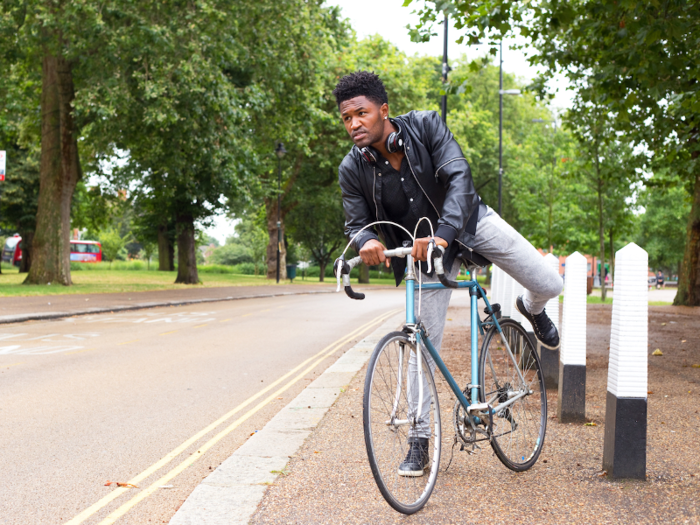
For a small study published at the beginning of March in the journal Aging Cell, researchers looked at 125 amateur male and female cyclists aged 55 to 79. They compared those individuals with 75 people of a similar age who rarely or never exercised.
The cyclists were found to have more muscle mass and strength, and lower levels of body fat and cholesterol than the sedentary adults. The athletic adults also appeared to have healthier and younger-looking immune systems, at least when it came to a key organ called the thymus.
The thymus is responsible for generating key immune cells called T cells. In healthy people, it begins to shrink starting around age 20, and T cell production also starts to drop off around that time.
The study found that the thymus glands of the older cyclists looked like they belonged to younger people — their bodies were producing just as many T cells as would be expected from the thymus of a young person.
"We now have strong evidence that encouraging people to commit to regular exercise throughout their lives is a viable solution to the problem that we are living longer but not healthier," Janet Lord, the director of the Institute of Inflammation and Aging at the UK's University of Birmingham, said in a statement.
Other types of strength training can include moves like planks and squats.
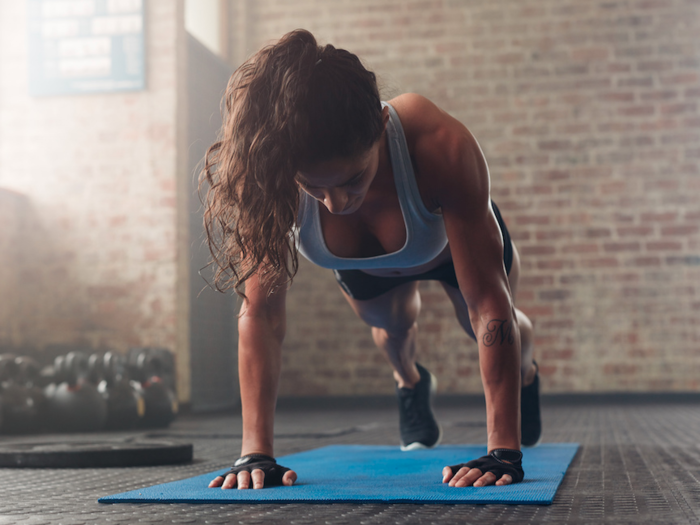
At its most basic, strength training involves using weight to create resistance against the pull of gravity. That weight can be your own body, free weights like barbells or dumbbells, elastic bands, or weighted ankle cuffs.
Research suggests you can use either heavy weights and a small number of reps or lighter weights and more reps to build stronger, more sturdy muscles.
Chris Jordan, the exercise physiologist who came up with the viral 7-minute workout (officially called the "Johnson & Johnson Official 7 Minute Workout"), told Business Insider that healthy adults should incorporate resistance training on two to three of the four to five days per week that they work out.
Cardio workouts may also improve the look and feel of your skin.
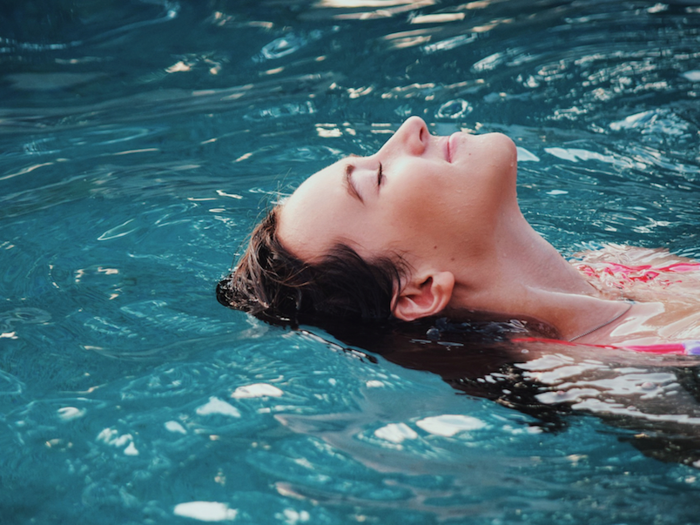
A study from researchers at McMaster University found that people over age 40 who engaged in regular cardio activity tended to have healthier skin than their sedentary peers. The overall composition of the regular exercisers' skin was more comparable to that of 20- and 30-year-olds.
It's not yet clear why our workouts appear to play a role in skin health, but the researchers found elevated levels of a substance critical to cell health called IL-15 in skin samples of participants after exercise. That finding that could shed light on why cardio seems to make our skin look better.
Aerobic workouts may guard against age-related decline related to reduced brain connectivity.
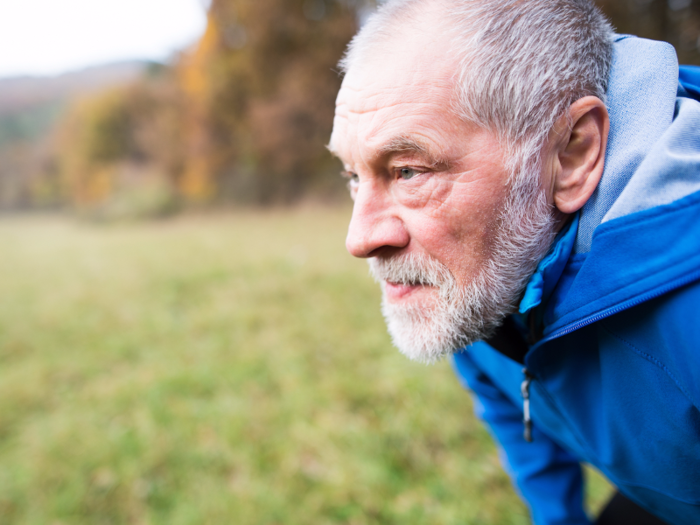
As we age, the brain — like any other organ — begins to work less efficiently, so normal signs of decline begin to surface. Our memory might not be quite as sharp as it once was, for example.
But older people who develop Alzheimer's disease often first enter a stage known as mild cognitive impairment (MCI), which involves more serious problems with memory, language, thinking, and judgment.
A study published in May looked at adults with MCI between the ages of 60 and 88, and had participants walk for 30 minutes four days a week for 12 weeks. The results showed strengthened connectivity in a region of the brain where weakened connections have been linked with memory loss. That development, the researchers noted, "may possibly increase cognitive reserve," but more studies are needed.
Cardio may also be tied to increases in the size of brain areas linked to memory, but more research is needed.
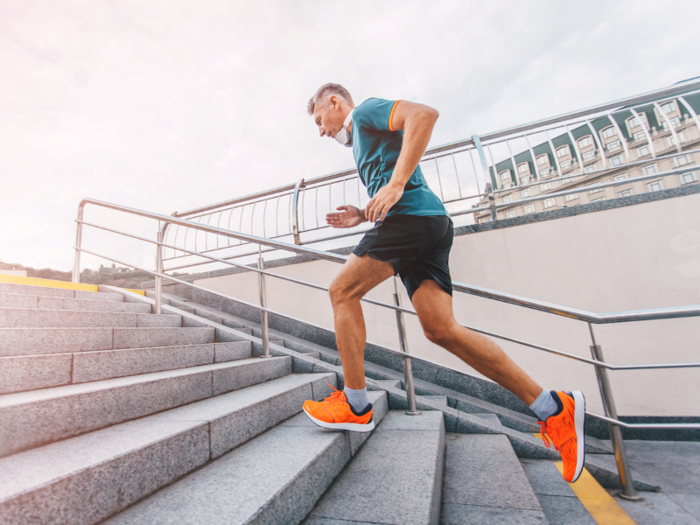
A study of older women with MCI found that aerobic exercise was tied to an increase in the size of the hippocampus, a brain area involved in learning and memory.
For the study, 86 women with MCI between 70 and 80 years old were randomly assigned to do one of three types of exercise twice a week for six months. Some did aerobic training (like walking and swimming), others focused on resistance training (like weight-lifting), or balance training.
Afterwards, only the women in the aerobic group were found to have significant increases in hippocampal volume, but more studies are needed to determine what effect this has on cognitive performance.
Popular Right Now
Popular Keywords
Advertisement